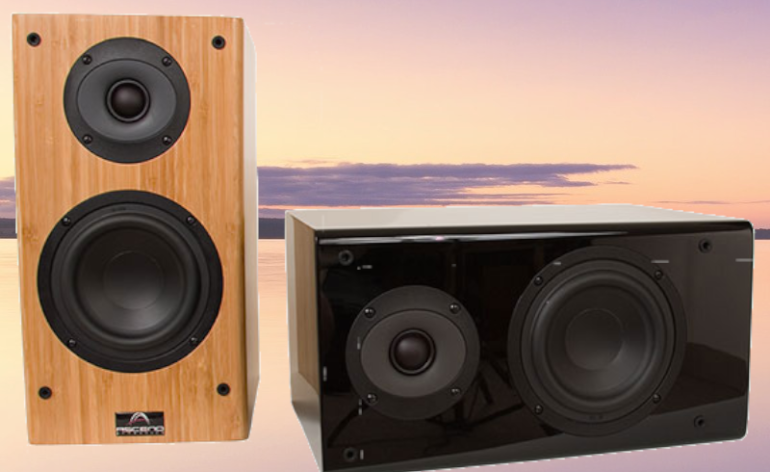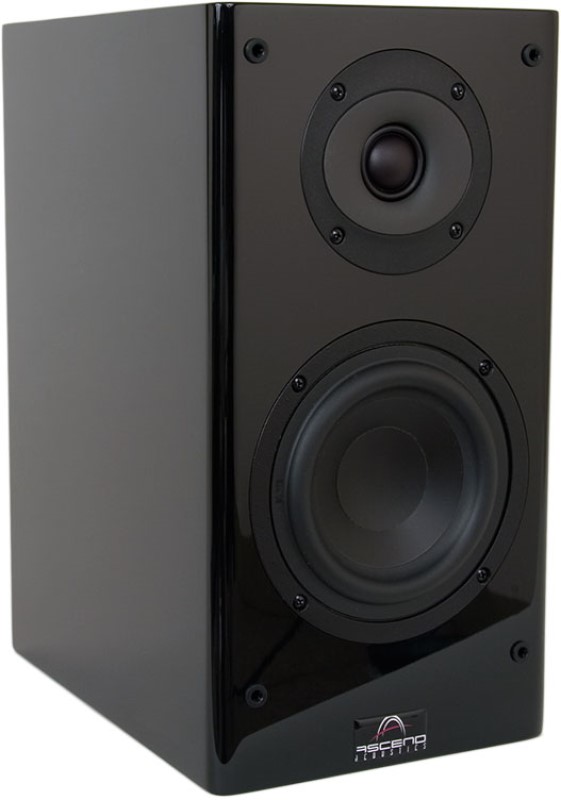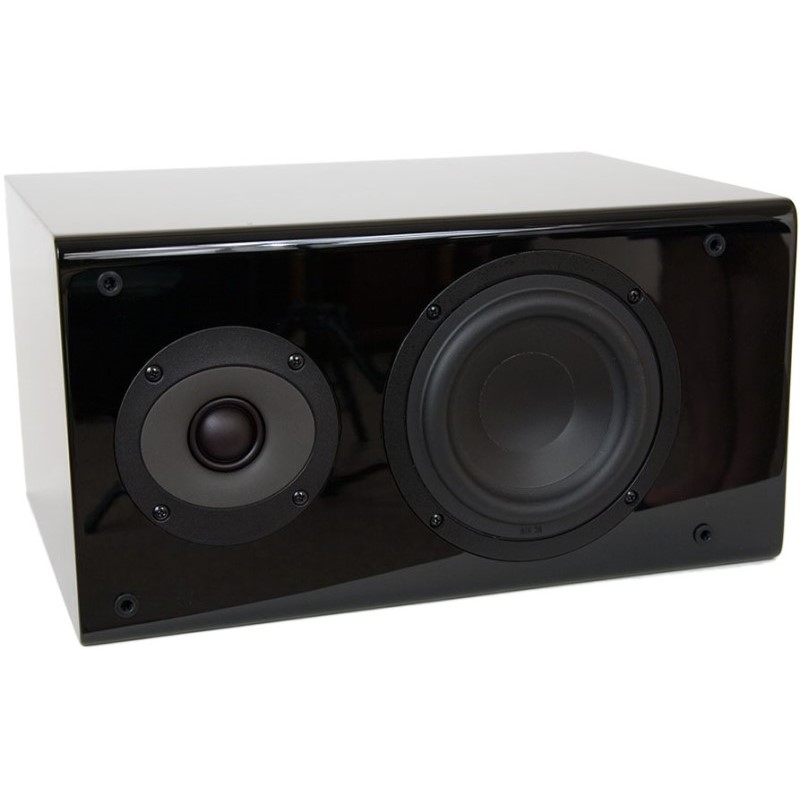Using a Bookshelf as a Center Speaker
If you follow the “best practices” recommendations for home theater speakers, you should use the same speaker for all positions. This gives you perfect timbre-matching from all speakers. When a sound pans around the room, you won’t have to worry about the slight mismatch between different models/size/brand speakers breaking your immersion. This leads people to buy either satellite or bookshelf speakers. But those speakers are usually taller than they are wide. That is fine for most positions, but makes it hard to use a bookshelf speaker as a center and introduces some real problems. We’ll break down the issues, how to deal with them, and when to ignore them.
Placement
The biggest issue with using a bookshelf speaker as a center is placement. Not only are they taller than they are wide, putting them on their sides doesn’t always fix the problem. A dedicated center channel speaker will be much wider than they are tall in order to make up the internal volume of a bookshelf speaker. Placing a bookshelf speaker on its side and it’ll often be taller than a center speaker.
If you find that your bookshelf is too tall no matter what side you put it on, you have to figure out how to fit it near your display. If it doesn’t fit inside your cabinet (it likely won’t), you’ll have to take it out. This means putting it on top and probably blocking the bottom of your screen. You have some options. You can raise your display (wall mounts, placing something under the feet) to give you more room. Consider buying a dedicated speaker stand and put the center in front of your cabinet. Lastly, you could mount the bookshelf center above your display (we have lots of suggestions that will work). If you choose this last way, you could have it placed in its normal orientation, though it may look a little funny.
Laying a Bookshelf on its Side
Your first concern may be that a bookshelf speaker isn’t meant to be put on its side. This is more true of some speakers than others. If you don’t know if a speaker can be placed on its side, you should contact the manufacturer. They’ll be able to let you know.
The main issue with laying a bookshelf on its side is the off-axis response of the speaker, specifically the tweeter. Tweeters are usually optimized so that they have good left/right off-axis response. When you turn it on its side, it now has good up/down off-axis response. That makes for a very narrow “sweet spot.” Many speakers, like the Sierra 1 pictured below, can be placed on their side. You just need to remove the tweeter and turn it 90-degrees. If your speaker can’t be placed on its side without serious impairment to the sound, you’ll need to orient it vertically (on a stand or above your display).
Should You Center the Bookshelf Speaker?
The question that always comes up in these conversations is about the tweeter of the bookshelf speaker. Now that you’ve laid it on its side, the tweeter is off-center. With a dedicated center channel, the tweeter is almost always dead center of the speaker. The problem is that people still want to center that tweeter. But that makes the speaker look like it is off to the side (because it is). So, what to do? What will sound best?
Centering the speaker will move the tweeter only a couple of inches to one side or the other. Honestly, at the distance you are likely sitting, those couple of inches won’t make one lick of sonic difference. If we blindfolded you and played the speaker with the tweeter centered versus the speaker centered, you couldn’t tell the difference. So, our advice is to leave the grille on the speaker and center it under your display. It will look more correct in the room. You’re the only one that knows (or cares for that matter) that the tweeter isn’t perfectly centered. Just try and ignore it. Sonically, it’ll make no difference.
Do you use a bookshelf speaker as a center? Let us know in the comments!




